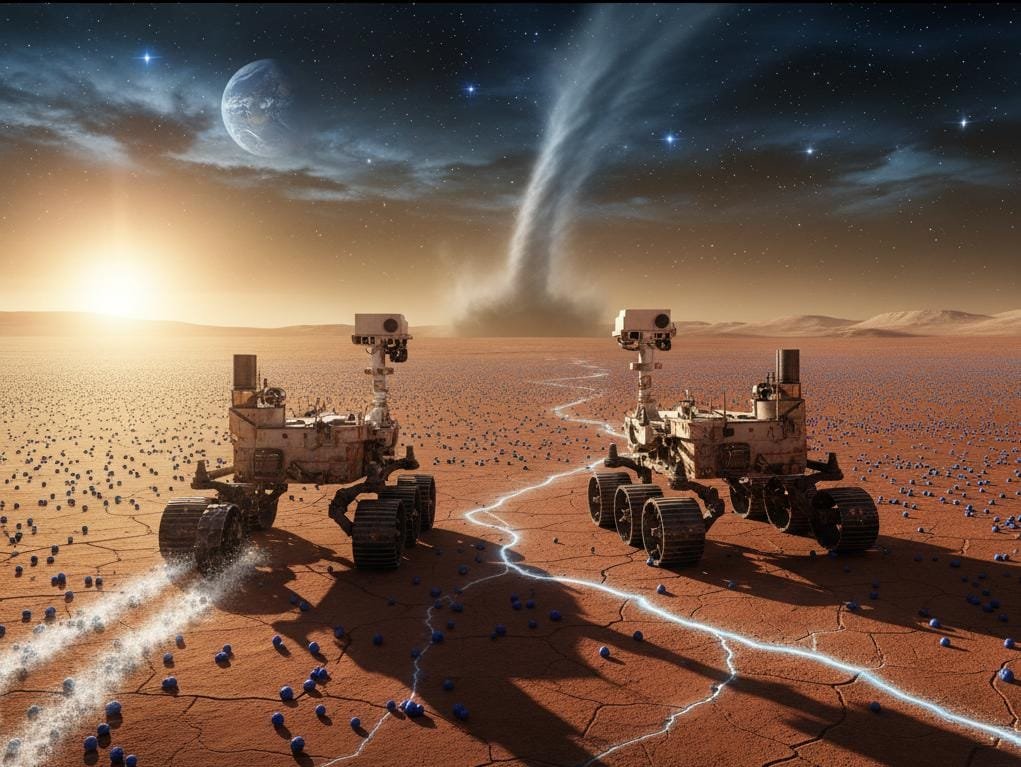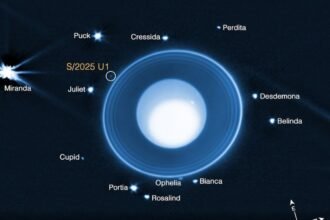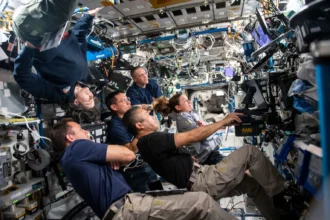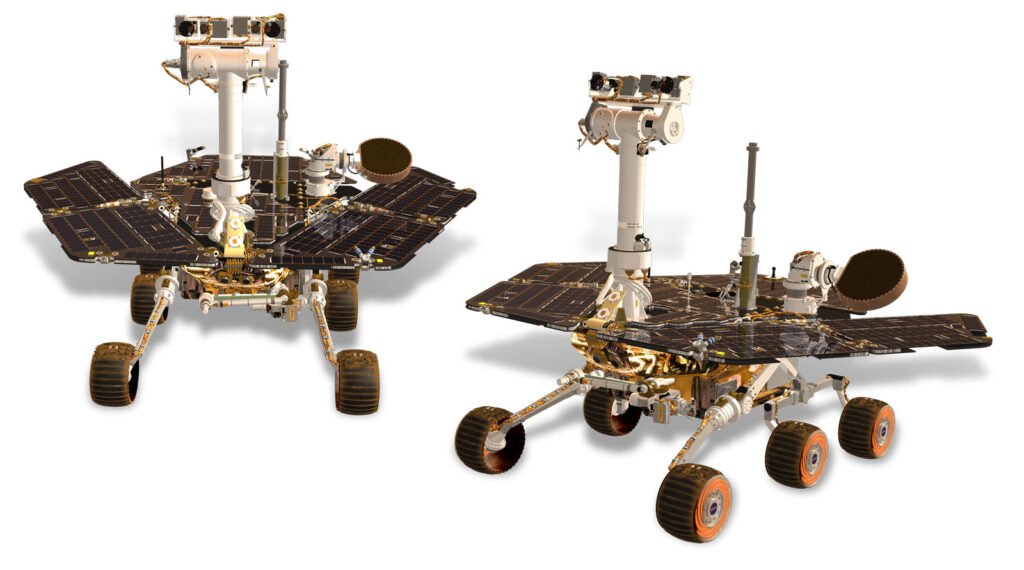
This article focuses on the Opportunity and Spirit rovers, chosen as the first in this telescope and rover series because they are my favourites.
Key Details
Opportunity
Launch: July 7, 2003
Landing: January 25, 2004, in Meridiani Planum, a flat plain on Mars.
Planned Mission Duration: 90 Martian days (sols), which is about 92.5 Earth days.
Actual Mission Duration: Opportunity far exceeded its planned lifespan, operating for nearly 15 years, until June 2018. It holds the record for the longest-lived rover on Mars.
Distance Traveled: It drove 45.16 kilometers (28.06 miles), setting the record for the farthest distance travelled by any wheeled vehicle on another celestial body.
End of Mission: Contact with Opportunity was lost on June 10, 2018
Spirit
Launch: June 10, 2003
Landing: January 4, 2004, in Gusev Crater, a site that scientists believed may have once been a lake.
Planned Mission Duration: 90 Martian days (sols), which is about 92.5 Earth days.
Actual Mission Duration: Spirit far exceeded expectations, operating for over 6 years (2,269 Earth days).
Distance Traveled: It drove 7.73 kilometers (4.8 miles), which was more than 12 times the planned distance.
End of Mission: Communication with Spirit was lost on March 22, 2010. NASA officially ended efforts to contact the rover on May 25, 2011

Findings
- Opportunity
- Signs of Water: Found rocks shaped by water, proving Mars once had liquid water.
- Endurance Crater: Studied layers of rocks, showing Mars had flowing water in the past.
- Dust and Weather: Learned about dust storms and how they affect the planet.
- Martian Minerals: Discovered hematite and sulfate minerals, confirming wet environments..
- Long Mission: Lasted nearly 15 years, far beyond the 90-sol planned mission.
- Record Distance: Traveled over 45 km, the longest journey by a rover on another planet
- Spirit
- Water on Mars: Found rocks and minerals showing that water once existed.
- Volcanic Activity: Studied volcanic rocks, showing Mars had ancient volcanoes.
- Soil and Dust: Analyzed soil, learning how Mars’ surface changed over time.
- Meteorites: Found Martian meteorites on the ground, giving clues about the planet’s history.
- Sedimentary Rocks: Discovered layered rocks formed by water, proving Mars was once wet.
- Long Mission: Traveled over 7.7 km, much farther than planned, sending years of data.
Sunsets Beyond Earth
In its travels, Opportunity also captured the quiet poetry of a Martian sunset a delicate, muted glow fading over red horizons. Unlike Earth’s fiery farewell, Martian sunsets are soft, tinged with blue, a hint of light bending through a thin, dusty atmosphere. Each sunset became a moment of reflection, reminding us of the fragility and wonder of exploration.
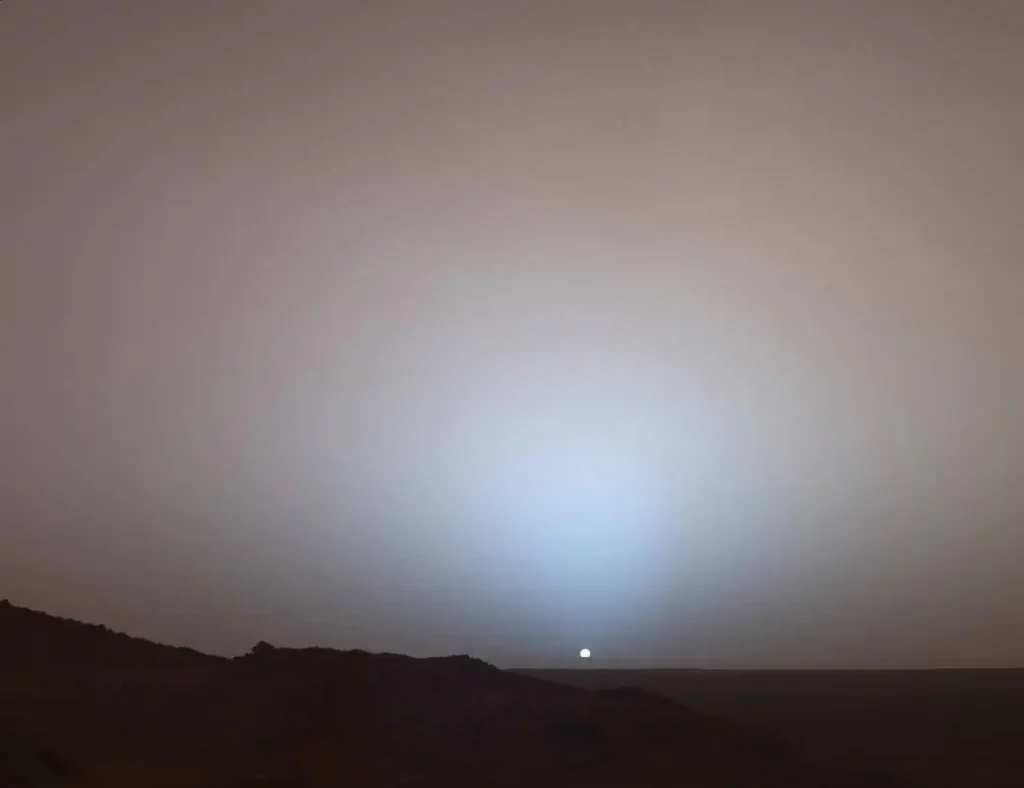
Celebration of 5000 days in mars
When a creature that was given a life expectancy of only 90 days continued its journey for over 5,000 days, researchers used its precision cameras to take a selfie to commemorate the event. When they took small snapshots and finally saw it as a final image, the scientists were moved to tears.
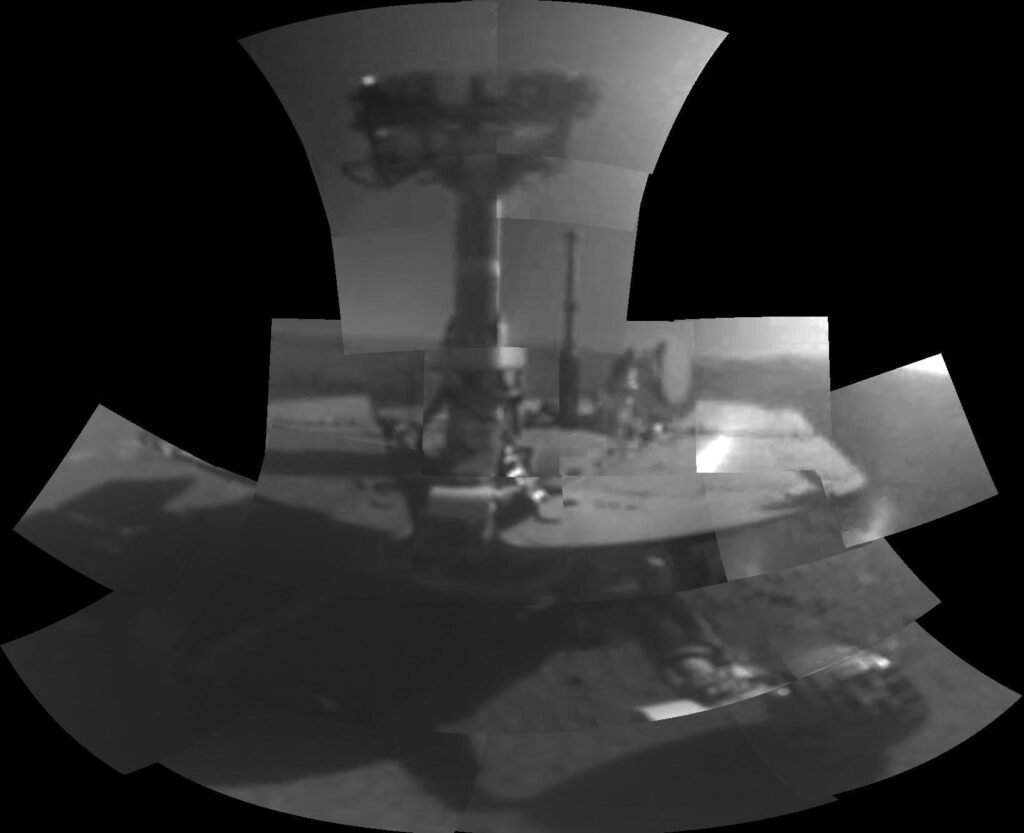
The End of the Mission
Spirit Rover
In 2009, the Spirit rover got stuck in soft sand on Mars. Unable to free itself . The rover sent its last signal in March 2010. After a year of no response, NASA declared the mission over in May 2011.
Opportunity Rover
The Opportunity rover’s mission ended in a massive dust storm in 2018. The storm blocked the sunlight it needed to charge its batteries, forcing it into a deep sleep. And its last words for us “My battery is low and it’s getting dark.” After months of silence, NASA officially declared the mission over in February 2019.
“Opportunity and Spirit reminds us that curiosity drives discovery, And until you giveup everything is possible . As a SEDS member, we carry this spirit forward explore, learn, and reach beyond.”

